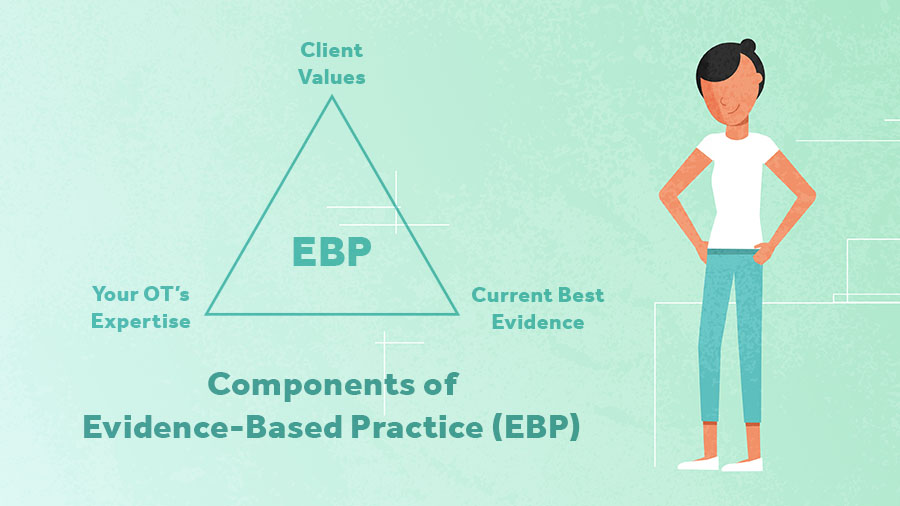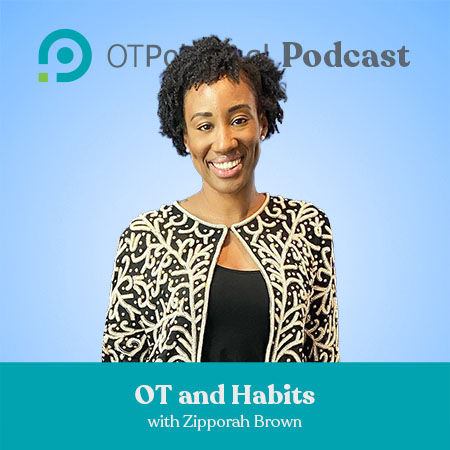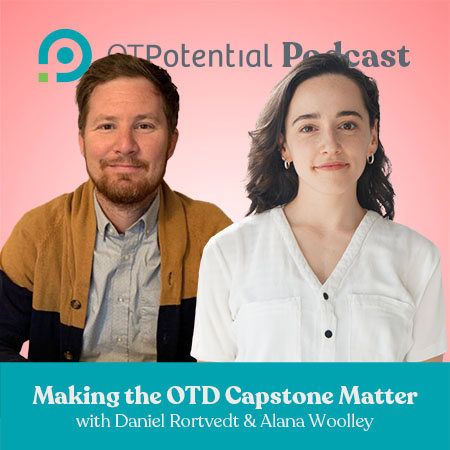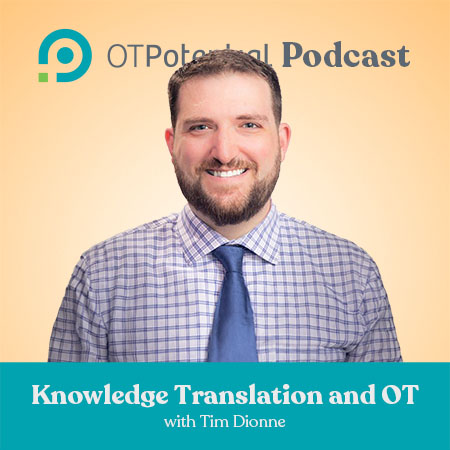Here you’ll learn all about pediatric occupational therapy. You can also find a pediatric OT near you!

What is pediatric occupational therapy (OT)?
Occupational therapists (OTs) help people do the things they need (and want) to do. When a developmental delay, illness, or injury makes daily life difficult, OTs step in to help.
Pediatric OTs help kids with health struggles be…well, kids! That means helping them be as independent as possible with play, self care, handling big feelings, feeding themselves, getting dressed, etc.
Your OT will work closely with your family, your healthcare team, and others who support your child. OTs are unique because they take a holistic approach to care, focusing on your child’s day-to-day activities.
Would your child benefit from OT?
Your child may benefit from OT if you and your child would like extra support in helping them participate in activities and routines that other children their age can typically do. (This website helps you check skills that other kids are typically performing for different ages.)
You may see an OT as early as in the NICU (as a brand-new baby). You can also see an OT in an outpatient setting, through early intervention visits in your home, in a mental health setting, or as part of the school system. OTs can also support adolescents and young adults as they move into adulthood.
OTs can support your child in many areas of life, including:
- Getting dressed
- Eating with the family and eating a variety of foods
- Regulating their emotions and using coping skills
- Advocating for themselves
- Handwriting and other school-related tasks
- Managing chronic pain
- Playing with friends safely
- Supporting your child’s mental health and self-esteem
- Self-determination skills
- Grooming and hygiene skills, such as brushing their teeth
- Understanding their sensory processing experiences
- Organization, such as their desk, backpack, and bedroom
We support children with and without diagnosed conditions. Some common childhood conditions of the kids we see include:
- Anxiety
- Attention-Deficit/Hyperactivity Disorder (ADHD)
- Autism Spectrum Disorder (ASD)
- Cerebral Palsy (CP)
- Conduct Disorder
- Chromosomal Disorders
- Down’s Syndrome
- Dyslexia
- Fetal Alcohol Spectrum Disorders
- Fragile X Syndrome
- Hearing Loss
- Intellectual Disability
- Learning Disorders
- Muscular Dystrophy
- Oppositional Defiant Disorder (ODD)
- Obsessive-Compulsive Disorder (OCD)
- Premature Birth
- Post-Traumatic Stress Disorder (PTSD)
- Postural Orthostatic Tachycardia Syndrome (POTS)
- Spina Bifida
- Tourrette Syndrome
- Traumatic Brain Injury
- Vision Loss
Find a pediatric OT near you!
Typically, the sooner we start working with your child, the better the outcomes. If you have any concerns about a delay in your child’s development, don’t hesitate to speak to someone.
In the United States, early intervention is considered so important that it is required by federal mandate (known as IDEA) that schools must find and evaluate students who may have disabilities, at no cost to families. This covers children from birth to 21.
You can read about IDEA here. Child Find is a resource that walks you through reaching out to your school, if you have a concern about a delay. This program may not cover all of your OT needs, but it certainly a good place to start!
Here are other options to get started:
- Call your school district
- Call early intervention services in your community
- Talk with your doctor
- Talk with your teacher
- Look up local occupational therapy clinics and give them a call for more information
- Use the OT Potential Directory! (See the pediatric OTs below!)
Pediatric OT professionals on the OT Directory
What does your first visit with a pediatric OT look like?
At your first visit, an OT will evaluate your child. Their goal is to get to know your child and your family, to see if OT treatment is a good fit for you.
You’ll be asked questions about your concerns, your goals, and what a typical day looks like for your child and family. As much as possible, your child will be included as well—their voice is important and therapy is most effective when they are included in planning.
The OT will usually want to observe your child doing some everyday tasks, too. There might also be formal assessments, based on your situation.
Common pediatric OT interventions
OTs are interested in pediatric interventions that make a real, lasting difference in your child’s life. We use multiple approaches to accomplish this, including:
Educating parents and caregivers
If your child has a new diagnosis, part of the journey for your family is learning how that impacts your lives. As OTs, we typically spend more time than other medical providers with kids and families. We take our role in helping you learn and cope with a new diagnosis very seriously. Making your daily life as easy as possible is what we do.
Improving physical/emotional/cognitive skills
Sometimes, difficulty with a specific skill may be making your child’s day extra tough. We can often take steps to improve that specific skill. An example would be strengthening the muscles in your child’s arm or hand, which will help them use their arm for feeding, getting dressed, etc. Another example would be teaching them a new way of responding to tough social situations.
Providing a safe and supporting place to try new skills
We OTs often work with children who have complex health conditions. Part of helping them learn to navigate their day is providing a safe place to trial-and-error new skills. OTs want to find solutions that work for your and your family. So, we teach children to use their strengths and learn what works for them. In our work, there are rarely cookie-cutter answers. Everything is tailored to you and your child.
Recommending technology and environmental changes to support your child
When we reach the limits of improving certain skills, we can often use technology or recommend changes to your child’s environment. For example, your child may benefit from a wheelchair and some tweaks to your home to make it more wheelchair accessible.
Or, maybe your child is having difficulty sleeping. Changing the lighting and sounds in their room —or using a sound machine—can help a lot.
Teaching self-advocacy
Our goal is to teach your child skills that they can use long after therapy has ended. We want them to learn about their challenges, embrace their diagnosis, understand their strengths and learn how to ask for what they need.
Evidence-based practice in pediatric OT
Occupational therapists are proud to use evidence informed practice. That means we base our treatments on science and research. But, that does not mean there are cut-and-dry solutions for everything. Every session is different, because every child is different.
To us, evidence-based practice means we are always balancing three things:
- What is important to you and your child
- Our own experience and expertise
- What the latest research says
To see an example how we digest the evidence behind interventions, please see our pediatric interventions blog post.

Conclusion
It can be hard to see your child struggling. We want you to know that OT exists to support you and your child. Each and every kid out there has unique and wonderful strengths. Having support from a concerned adult—like you, dear reader—makes a huge difference.
We look forward to working with you and your child. Our goal is to leverage both your child’s strengths and your support to make daily life easier for your whole family.
Posts for related pediatric OT questions
How do I become a pediatric OT?
What certifications can pediatric OTs obtain?
How much does an OT make?
Pediatric OT continuing education courses
Where to find a pediatric OT job?
How do I write a pediatric SOAP note?
Influential pediatric OT research






